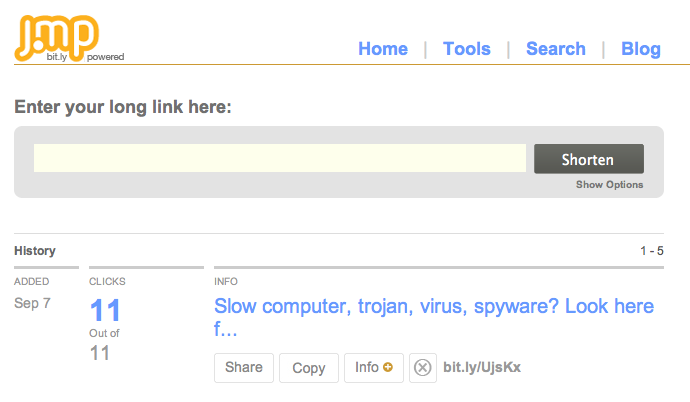I’m not comparing apples to apples yet… but out of the box, drizzle does inserts faster than MySQL using the same table type, InnoDB.
Here’s what I’m comparing:
drizzle r1126 configured with defaults, and
MySQL 5.1.38 configured with
./configure --prefix=/usr/local/mysql --with-extra-charsets=complex \ --enable-thread-safe-client --enable-local-infile --enable-shared \ --with-plugins=partition,innobase
which is really nothing complicated.
SQL query caching is turned off on both database servers. Both are using the InnoDB engine plug-in.
I’m running these benchmarks on a MacBook Pro 2.4 GHz Intel Core 2 Duo with 2GB 1067 MHz DDR3 RAM.
I wrote benchmarking software about 2 years ago to test partitions but I’ve since abstracted the code to be database agnostic.
You can get the benchmarking code at Github.
At the command-line, you type:
where 10000 is the number of rows allocated total, and 4 is the number of partitions for those rows.
You can type the same thing for mysql:
and get interesting results.
Here’s what I got:
MySQL
bash-3.2$ php build_tables.php 10000 4 mysql Elapsed time between Start and Test_Code_Partition: 13.856538 last table for php partition: users_03 Elapsed time between No_Partition and Code_Partition: 14.740206 ------------------------------------------------------------- marker time index ex time perct ------------------------------------------------------------- Start 1252376759.26094100 - 0.00% ------------------------------------------------------------- No_Partition 1252376773.11747900 13.856538 48.45% ------------------------------------------------------------- Code_Partition 1252376787.85768500 14.740206 51.54% ------------------------------------------------------------- Stop 1252376787.85815000 0.000465 0.00% ------------------------------------------------------------- total - 28.597209 100.00% ------------------------------------------------------------- 20000 rows inserted...
drizzle
bash-3.2$ php build_tables.php 10000 4 drizzle Elapsed time between Start and Test_Code_Partition: 7.502141 last table for php partition: users_03 Elapsed time between No_Partition and Code_Partition: 7.072367 ------------------------------------------------------------- marker time index ex time perct ------------------------------------------------------------- Start 1252376733.68141500 - 0.00% ------------------------------------------------------------- No_Partition 1252376741.18355600 7.502141 51.47% ------------------------------------------------------------- Code_Partition 1252376748.25592300 7.072367 48.52% ------------------------------------------------------------- Stop 1252376748.25627400 0.000351 0.00% ------------------------------------------------------------- total - 14.574859 100.00% ------------------------------------------------------------- 20000 rows inserted...
MySQL: 699 inserts per second
drizzle: 1372 inserts per second
As far as inserts go, drizzle is about 2 times faster out of the box than MySQL.

